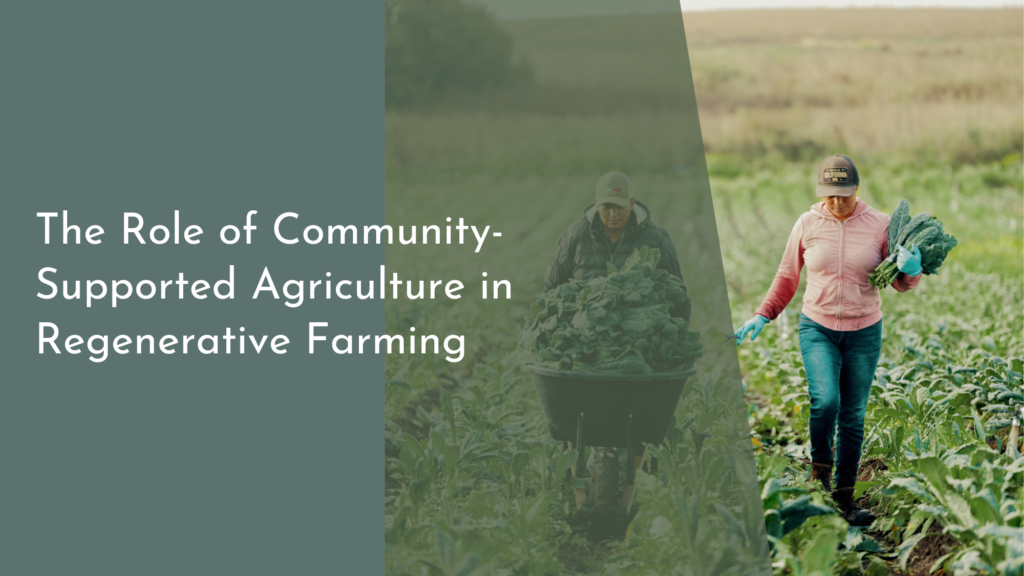The Role of Herbs in Carbon-Positive Greenhouses
In the quest for sustainable agriculture, the focus on carbon-positive practices has gained significant momentum. Greenhouses, as controlled environments for plant growth, offer an exciting opportunity to enhance sustainability through the integration of herbs. These small but mighty plants not only offer culinary and medicinal benefits; they also play a vital role in improving the ecological balance within greenhouse environments. This article explores the multifaceted role of herbs in carbon-positive greenhouses, highlighting their impact on sustainability, air quality, and overall gardening enjoyment.
Harnessing Nature: How Herbs Boost Greenhouse Sustainability
Herbs are remarkable allies in the journey toward greenhouse sustainability. Their ability to grow quickly and efficiently makes them ideal candidates for space in a greenhouse. Many herbs, such as basil, mint, and cilantro, can thrive with minimal resources, requiring less water and fertilizer compared to larger crops. Their adaptability allows greenhouse owners to maximize productivity while minimizing the carbon footprint associated with intensive farming practices. By cultivating herbs, greenhouses can optimize space, reduce waste, and contribute to a more sustainable agricultural system.
Moreover, herbs often attract beneficial insects, such as pollinators and predatory pests, which can help manage the ecosystem within the greenhouse. This natural pest control reduces the need for chemical pesticides, further enhancing the sustainability of the growing environment. By encouraging biodiversity through the cultivation of herbs, greenhouses can create a balanced habitat that fosters healthy plant growth and mitigates environmental stressors. Ultimately, the inclusion of herbs in greenhouse operations serves as a powerful tool for promoting sustainable practices and reducing negative ecological impacts.
The Carbon-Positive Benefits of Herbs in Eco-Friendly Spaces
One of the standout features of herbs is their ability to sequester carbon, making them vital players in the fight against climate change. As these plants grow, they absorb carbon dioxide from the atmosphere and convert it into biomass through the process of photosynthesis. In a greenhouse setting, where conditions are optimized for growth, herbs can significantly contribute to carbon capture, helping to offset the greenhouse gases produced by other agricultural activities. This not only aids in creating a carbon-positive environment but also enhances the overall health of the greenhouse ecosystem.
Additionally, herbs can enrich the soil with organic matter as they decompose, promoting healthy microbial activity and improving soil structure. This creates a more resilient growing environment for other plants, leading to increased productivity and less reliance on synthetic fertilizers. By integrating a variety of herbs into their operations, greenhouse owners can create a more diverse and stable ecosystem that supports carbon-positive practices while cultivating delicious and aromatic plants for culinary use.
Creating a Green Haven: Herbs as Natural Air Purifiers
Beyond their environmental benefits, herbs serve as natural air purifiers in greenhouse spaces. Many common herbs, such as rosemary, thyme, and lavender, have been shown to improve indoor air quality by absorbing pollutants, releasing oxygen, and reducing harmful toxins. By enhancing the air quality within greenhouses, these aromatic plants create a healthier atmosphere for both plants and people. This not only fosters a thriving growing environment but also contributes to the overall well-being of those who spend time in the greenhouse.
The presence of herbs can also provide a calming and pleasant sensory experience for greenhouse visitors. The delightful fragrances released by these plants can elevate moods, reduce stress, and create a more inviting atmosphere. The therapeutic benefits of interacting with nature, especially through gardening, can have a positive impact on mental health. Thus, incorporating herbs into greenhouse designs not only supports environmental sustainability but also promotes a sanctuary where joy and relaxation can flourish.
Cultivating Joy: The Delightful Impact of Herbs in Gardens
Herbs are not just practical additions to greenhouses; they also bring immense joy and beauty to the gardens they inhabit. The vibrant colors and varied textures of herbs can enhance the visual appeal of any greenhouse, creating an aesthetically pleasing environment. Whether it’s the lush green foliage of basil or the delicate purple blossoms of oregano, herbs add a splash of color and life that can uplift anyone’s spirits. The joy of cultivating these plants, watching them grow, and eventually harvesting them can be incredibly fulfilling for gardeners of all skill levels.
Additionally, the culinary uses of herbs further deepens the connection between gardeners and their plants. Fresh herbs can elevate dishes, adding flavor and aroma that dried alternatives simply cannot replicate. The satisfaction of cooking with homegrown ingredients nurtures a sense of accomplishment and promotes a sustainable lifestyle. By growing herbs in greenhouses, individuals can explore their culinary creativity while also contributing to a more sustainable food system, making the experience both joyful and impactful.
In conclusion, the integration of herbs into carbon-positive greenhouses is a multifaceted approach to sustainability that benefits both the environment and the gardener. From their ability to sequester carbon and improve air quality to the joy they bring through their beauty and culinary applications, herbs offer a delightful way to enhance greenhouse operations. By embracing these small yet powerful plants, we can create thriving ecosystems that not only support sustainable practices but also foster joy and well-being in our lives. So, let’s cultivate those herbs and watch our greenhouses flourish with nature’s bountiful gifts!

